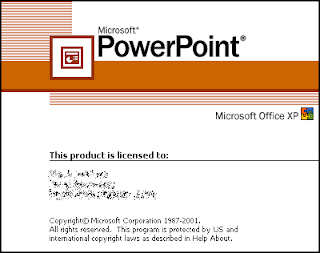
Year 11 - Students identify the problem to be solved.
- evaluate the importance of the problem for life, society and the environment
- outline the design brief
What is a design brief?
Click here According to the assessment rubric . . .
To get a 1/2: The student
states the problem.
To get a 3/4: The student
describes the problem, mentioning its relevance.
To get a 5/6: The student
explains the problem, discussing its relevance.
Now, look at this vocabulary: states, describes, explains. How are they different?
Look at these words: mentioning, discussing. How are they different?
MYP definitions:
Describe: To give a detailed account
Explain: To give a clear account including causes and reasons or mechanisms.
Discuss: To give an account including, where possible, a range of arguments for and against the relative importance of various factors and comparisons of alternative hypotheses.
Please complete Identify the Problem (as a draft) and submit it to me at the end of class. I will then have time to give you feedback;-)




























